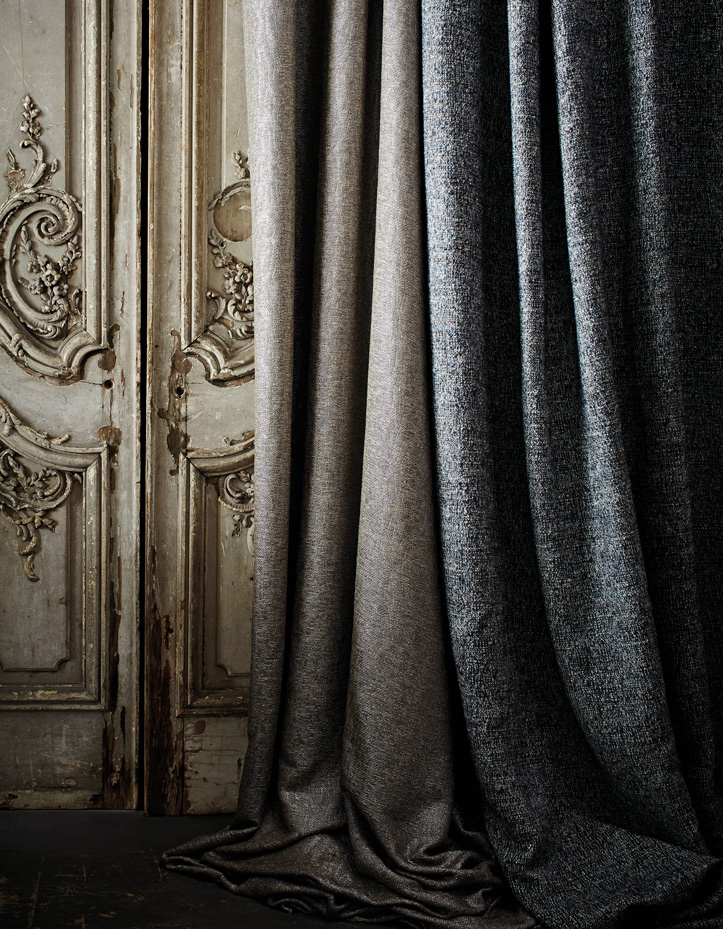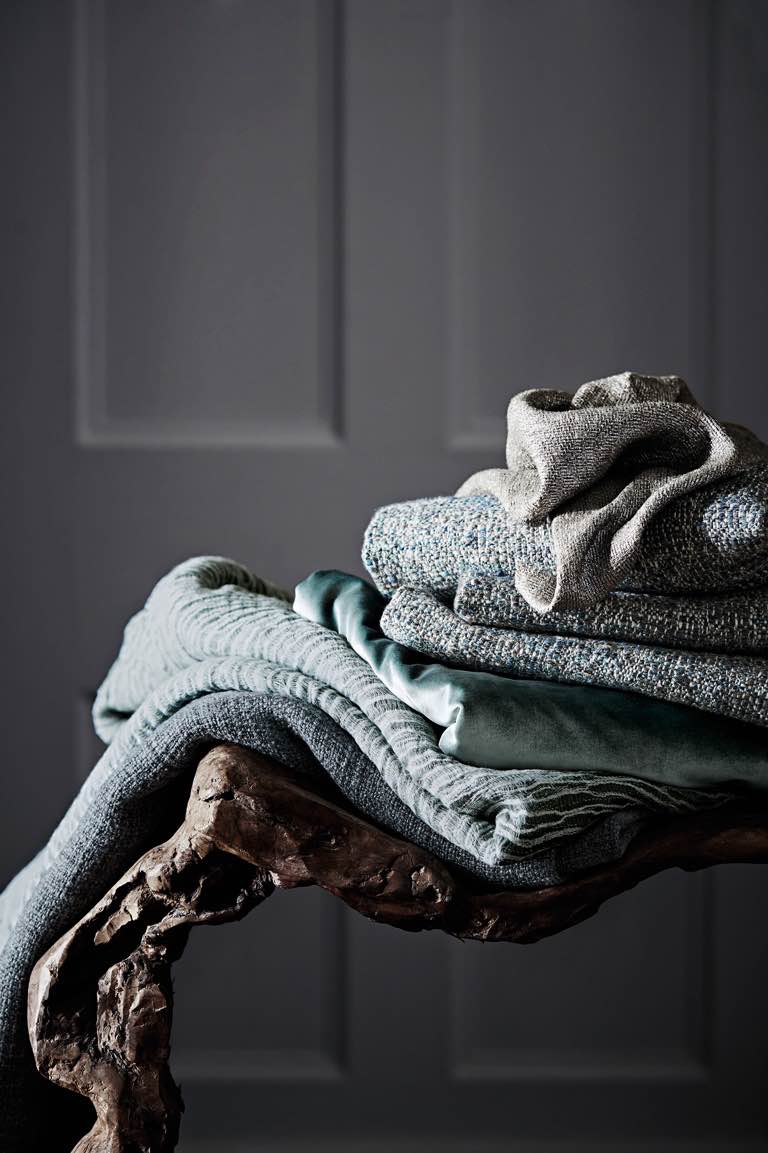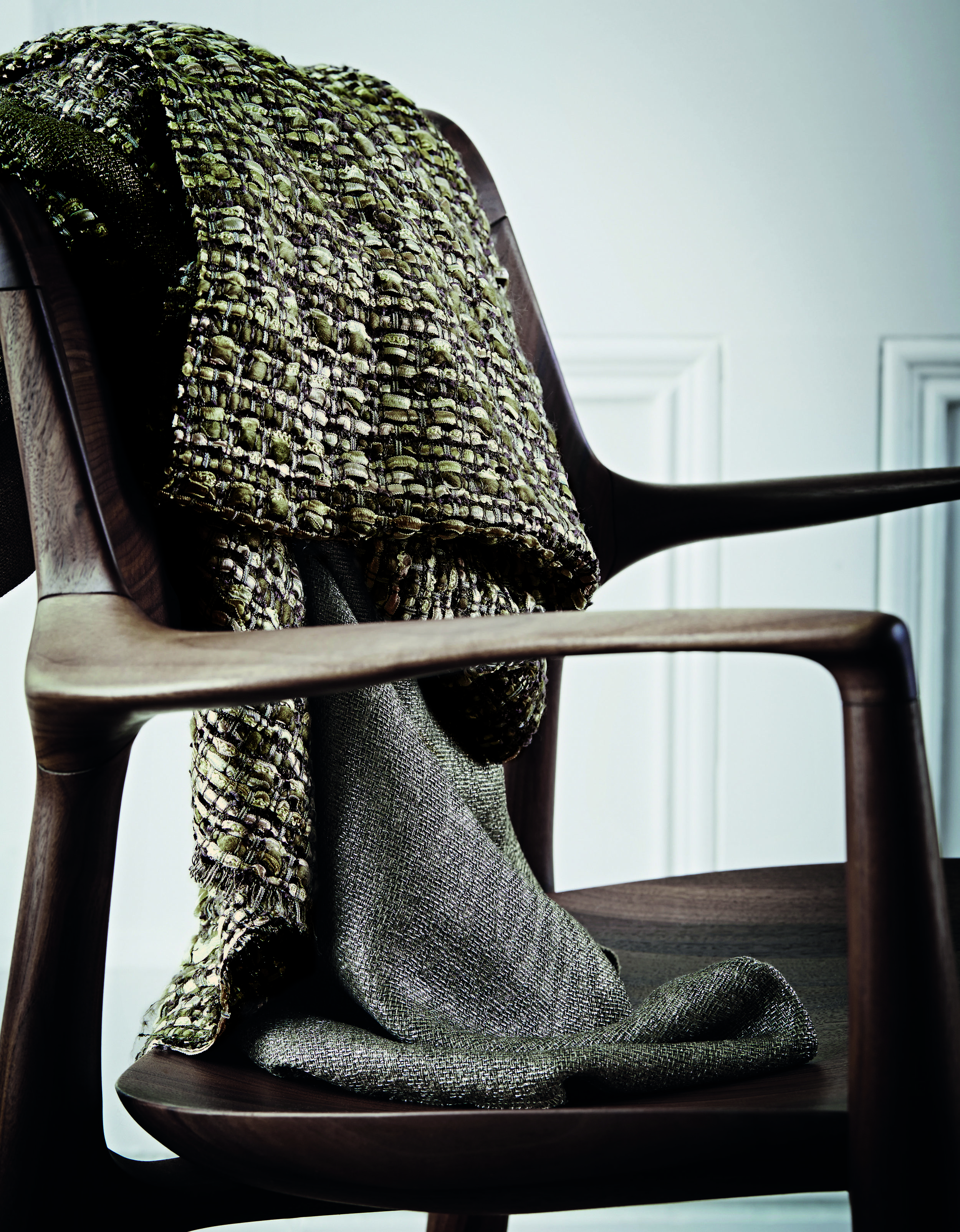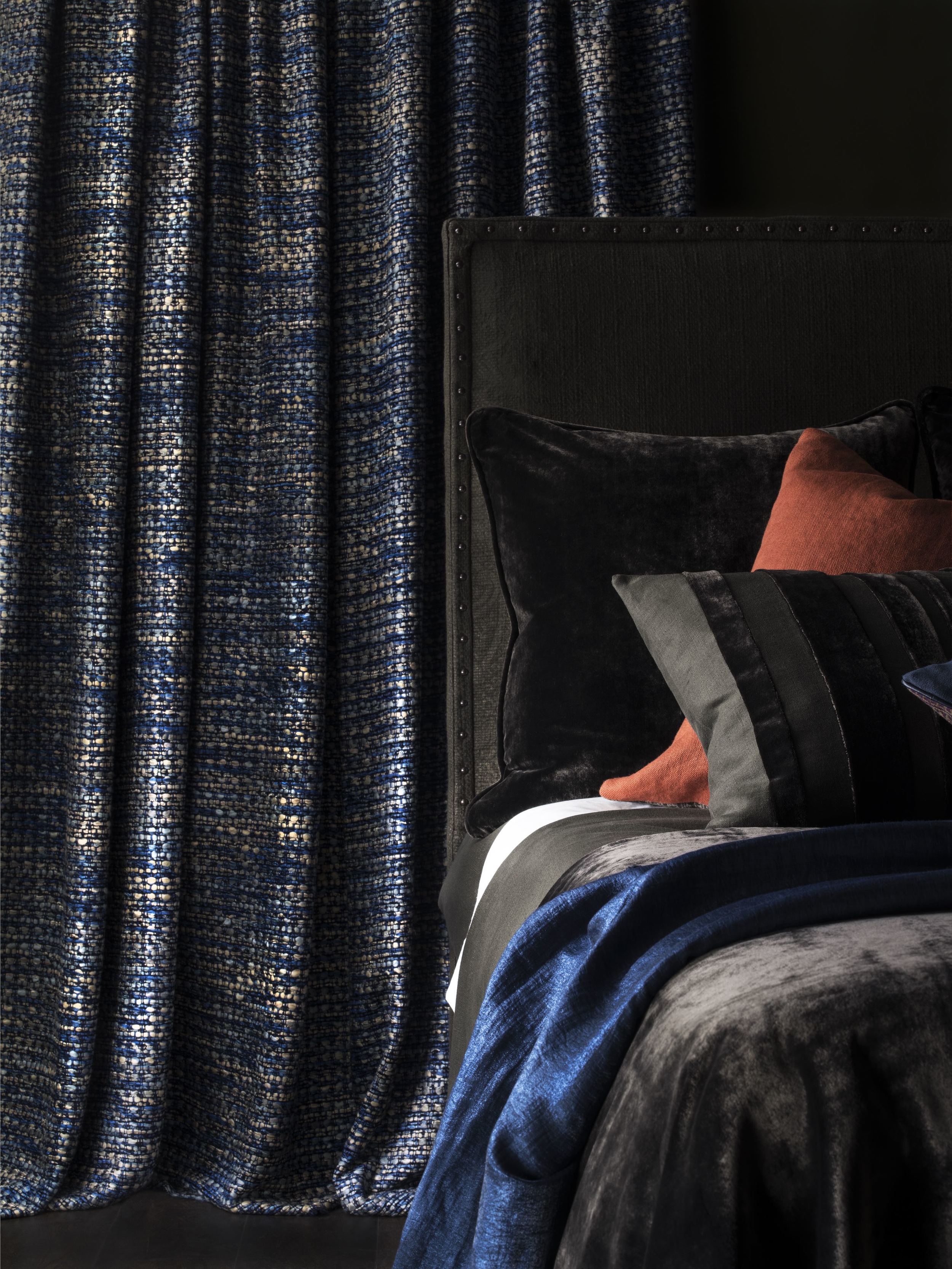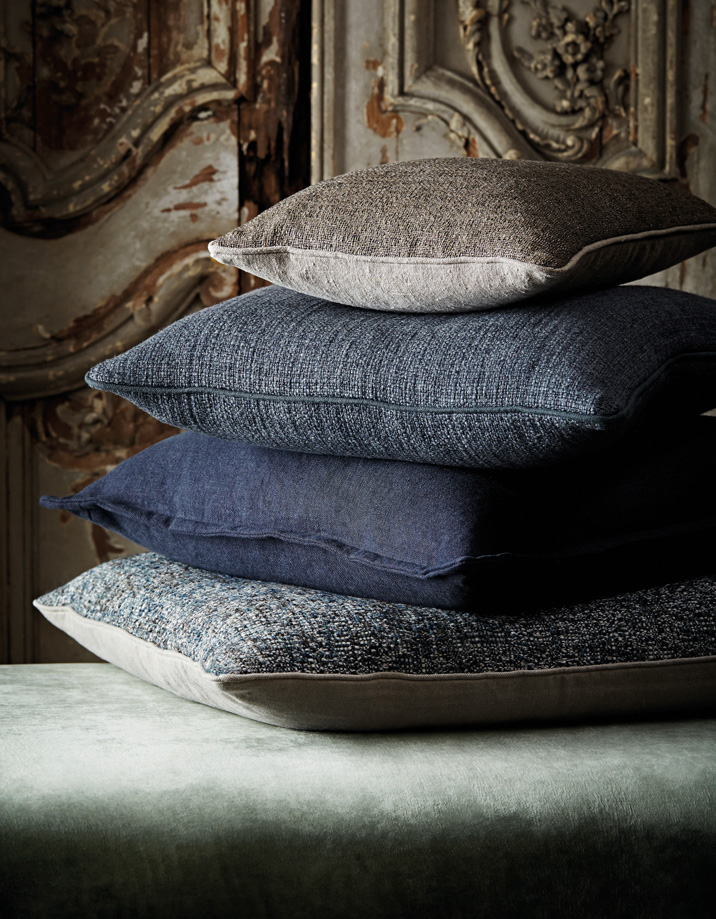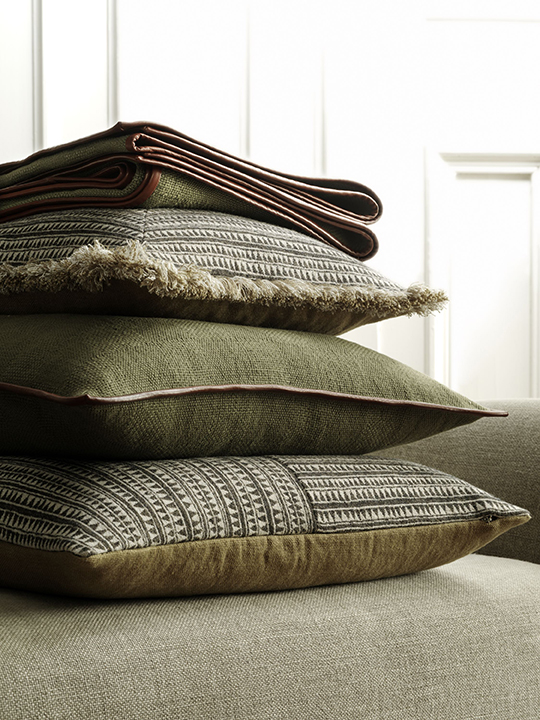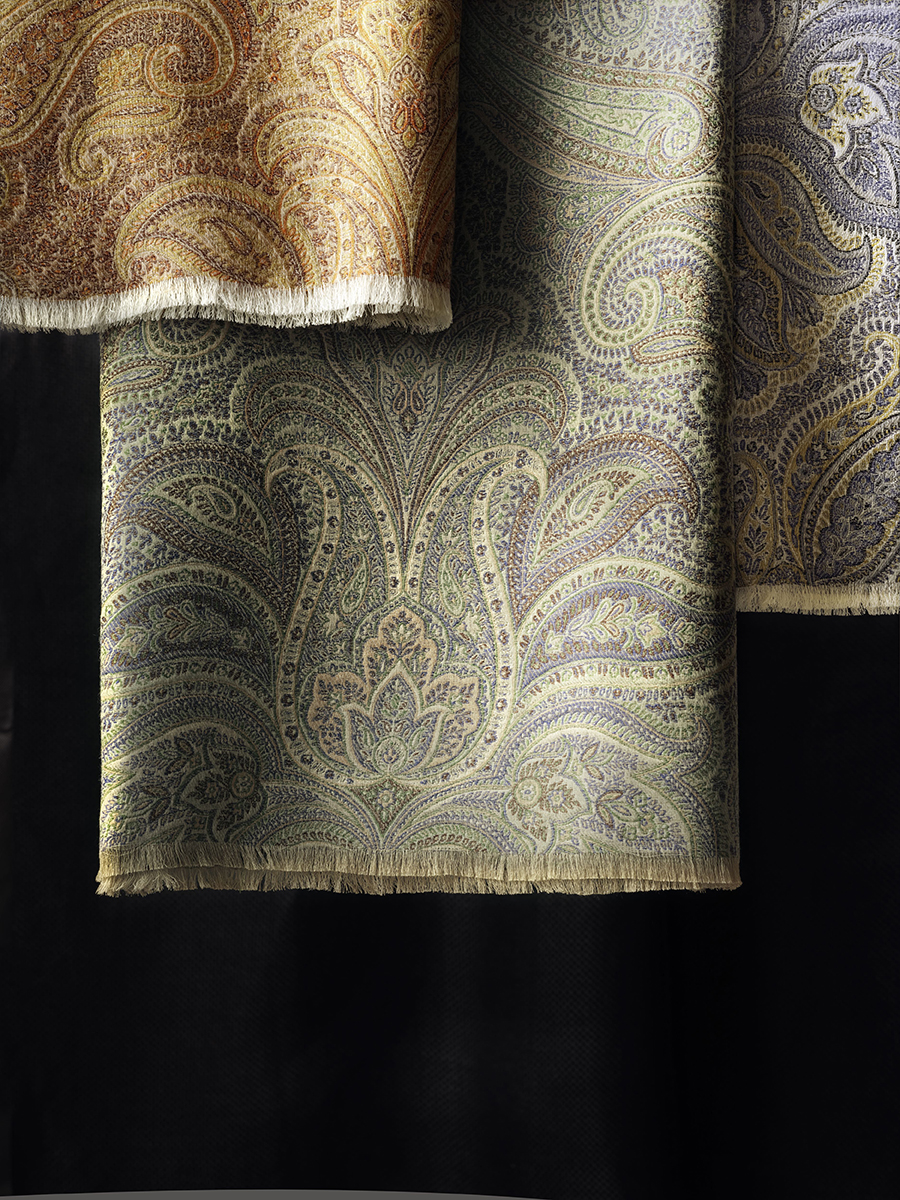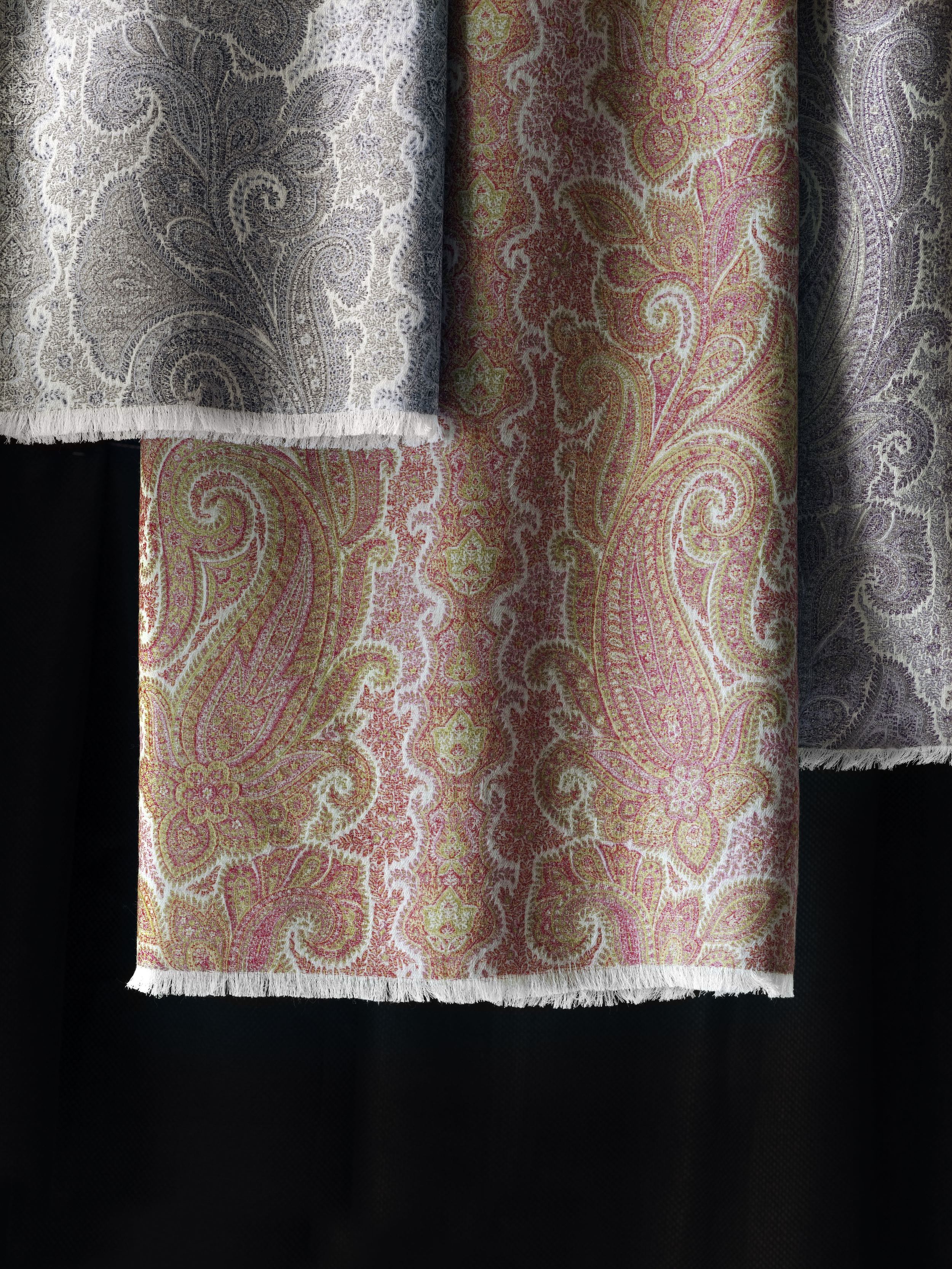de Le Cuona
/Linen is thought to be one of the first fibres made into cloth, with archeological findings dating back as far as 36,000 years ago. Made from the fibres of the flax plant, linen is a difficult fabric to create. On writing this blog on de Le Cuona a retailer of luxurious linens, I decided to research a little further on what linen is and how it is produced. I'm fascinated that like the cashew nut the process to get to the raw material to reach the final product is incredibly laborious! In simple terms, I will explain the process briefly so that you can appreciate the labour involved to create a linen.
The quality depends on the the growing conditions and the harvesting techniques. Flax is normally hand harvested to ensure the longest fibres before being dried and having the seeds removed. The fibres are then loosened from the stalk through a process called retting. After this the woody portion of the stalk is removed by crushing the stalks between rollers. This allows various parts of the stalk to be removed, including the flax and side commodities such as linseed! The fibres are then combed, taking away the short ones and leaving only the long, soft fibres. At this stage the fibres are eventually ready to be spun into yarn or woven into linen.
Bernie de Le Cuona has been leading the way with fabrics for the past twenty years. Developing exquisite fabric collections with a refined finish, look and drape. Bernie not only led the way with stone washed linens but is renown globally for her paisley wool and cotton collections. Paving the way with her luxurious fabrics I had a chance to interview Bernie to glean an insight into her business and her material world, please read on to learn more about de Le Cuona from Bernie de Le Cuona herself.
Who is the mastermind behind de Le Cuona?
I design the collection, but I also have a great team who works with me and helps me. I founded de Le Cuona in 1992 and today it is probably the world’s largest own-brand linen collection. Along the way we have explored the possibilities of linen and how it combines with silk, wool, parchment and metallic to create layers of luxurious textiles distinguished by their unique feel and iconic weight.
Bernie de Le Cuona
Are all the designs, styles, weaves created by a design team or by Bernie de Le Cuona herself?
All the collections are designed by me. Travel is a great inspiration and the bedrock of originality. I love to discover new techniques and travel the world, track down weavers, find mills each with a speciality to finish the fabrics.
Where are the fabrics manufactured?
Europe as a whole. I love working with creative skills of masters in Italy or colour skills of masters in France.
I try to harness the skills of artisans and use modern techniques at the same time to produce the unique and special. I love the history of the past and try to find a way to marry that with the needs of today and so create something exciting. de Le Cuona will try any and all techniques from hand washing and drying in the sun to stone washing with pumice stones to embossing to hand embroidery, nothing is impossible. Nothing is too much trouble in the search for the perfect product.
The new Savage Couture range is beautiful and bold, what inspired this new collection?
My travels around Europe where I visited some locations of great couturier like Chanel and Karl Lagerfeld.
Savage Couture is where haute couture and travel meet. I wanted to explore contrast and show linen in all its refined and rugged guises. Persia for example is luxuriously eclectic tweed, which crosses a tapestry and Chanel jacket and is woven in ribbons and tapes.
Does de Le Cuona currently have any creative partnerships or collaborations with other luxury brands that we can look out for?
Yes, we do work with others, and I am sure you can recognise our handwriting in the marketplace.
What do you find are the current trends at the moment when it comes to textiles?
I see more elegant and rich colours, especially shades of yellow and ochre, teal. All the way through the vibrant turquoise. Colour is so important for trend.
I always like to mix the old and new. The gloss and thrill of new innovative products and the charming old patinas worn with time make for a marvellous combination.
This is not a sponsored blog
All images are credited to de Le Cuona


